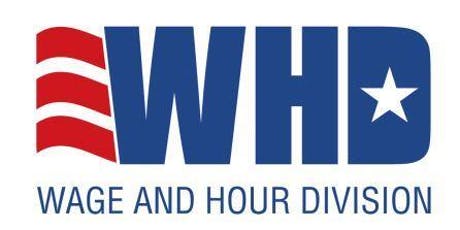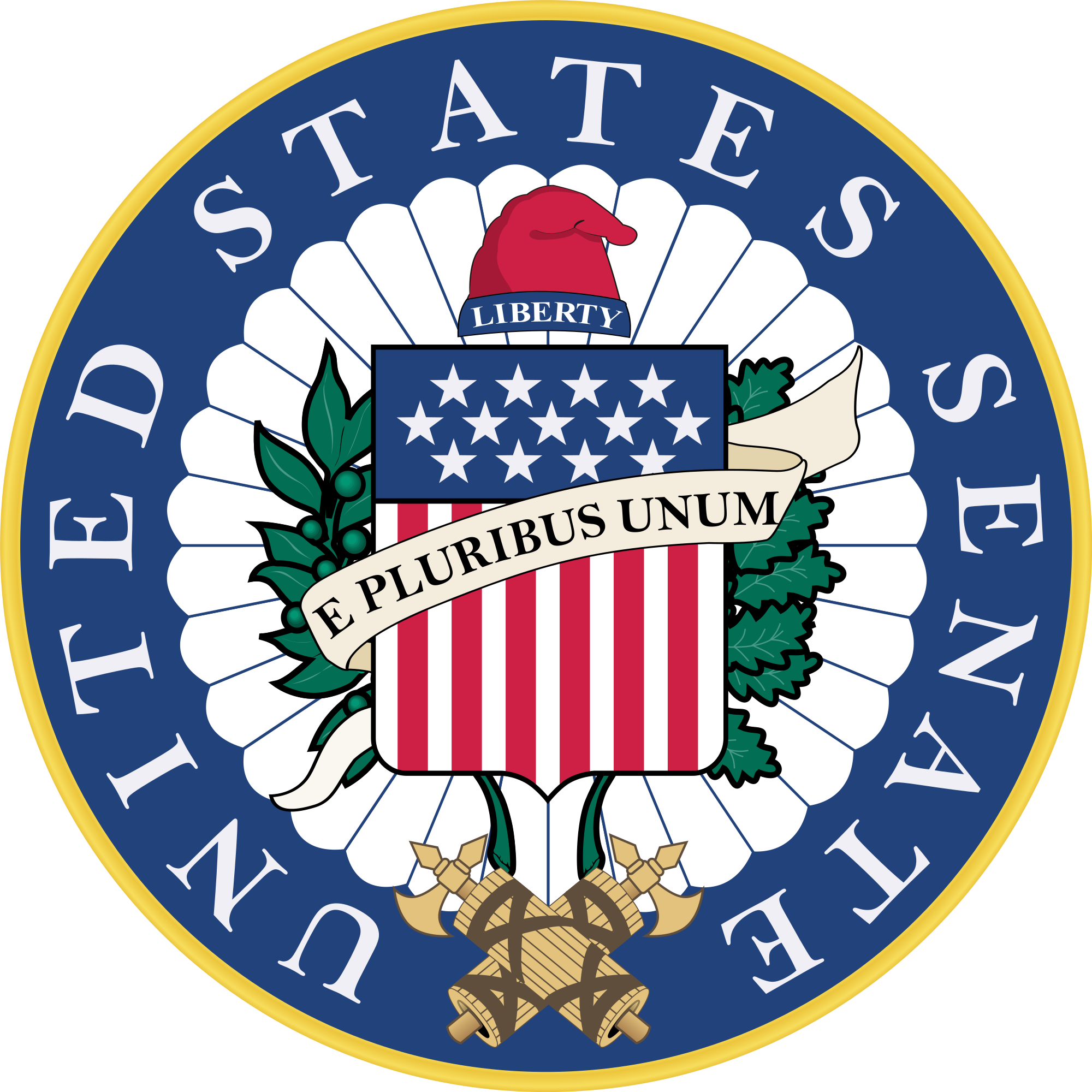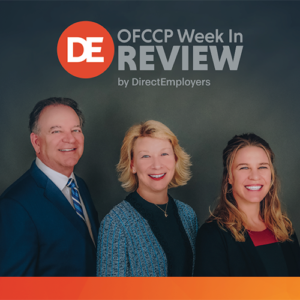Tuesday, September 24, 2019: Final Overtime Rule Issued by USDOL

Effective January 1, 2020, the following updates to the regulations of the Fair Labor Standards Act will become legally effective, barring a lawsuit challenging them and a federal Court then enjoining them:
- Raising the “standard salary level” from $455 to $684 per week (equivalent to $35,568 per year for a full-time employee);
- Raising the total annual compensation level for “highly compensated employees (HCEs)” from $100,000 to $107,432 per year;
- Allowing employers to use nondiscretionary bonuses and incentive payments (including commissions) that are paid at least annually to satisfy up to 10 percent of the standard salary level, in recognition of evolving pay practices; and
- Revising the special salary levels for workers in U.S. territories and in the motion picture industry.
Disclaimer
USDOL has submitted its Final rule to the Office of the Federal Register (OFR) for publication and is currently pending placement on public inspection at the OFR and publication in the Federal Register. This version of the final rule may vary slightly from the published document if minor technical or formatting changes are made during the OFR review process. Only the version published in the Federal Register is the official final rule.
Additional Information
Thursday, September 26, 2019: Scalia to Head DOL

Mr. Scalia was a partner in the Washington, D.C. office of Gibson, Dunn & Crutcher. He was Co-Chair of the Firm’s Administrative Law and Regulatory Practice Group and a member of its Labor and Employment Practice Group, which he co-chaired for twelve years. He is also a member of the Firm’s Appellate and Constitutional Law Practice Group and had served on its Executive Committee and its Partnership Evaluation Committee. Mr. Scalia was also one of six Gibson Dunn partners recognized in the 2019 Guide to World-Class Employment Lawyers by Human Resource Executive (HRE) magazine and Lawdragon.
Friday, September 27, 2019: EEO-1 Status Update

The EEOC also reported to the Court on Friday that as of September 25, 2019, with only five calendar days left to the September 30, 2019 Component 2 filing date that only 39.7% of eligible filers had submitted Component 2 EEO-1 data. So, the Commission is over halfway there, but with a long road ahead of it.
Note: A DE survey to its Members in March 2019 found that about 20% of DE’s Member companies would be unable to file before the end of this calendar year. Based on the DE Survey, it looks right now as though the Commission is likely going to have to keep its Component 2 reporting portal open until the end of this calendar year to collect the required 72% of Component 2 eligible filers.
The EEOC has reported it costs the taxpayers $1.5 million for every six-week period the Commission holds open the Component 2 reporting portal (i.e., $250,000 per week.) We are fielding many questions from Members about how to file the Component 2 report, and many are continually receiving “error reports” not allowing them to complete the submission.
In other news the EEOC reported to the Court, the Component 2 EEO-1 HelpDesk has answered a total of 27,237 calls from filers and has received 13,442 voice mails and 22,050 emails since opening. In the preceding week alone, the HelpDesk answered 2,347 calls from filers and received 2,243 voice mails and 4,114 emails.
Reminder: VETS-4212 Deadline – TODAY (Monday, September 30th)!!

Resources
VETS-4212 Federal Contractor Reporting landing page contains filing information and FAQs.
Download the VETS-4212 form at 2019 VETS-4212 (PDF Document).
Reminder: EEO-1 Survey Component 2 Deadline – TODAY (Monday, September 30th)!!

- There are two ways to file:
- Complete the Online Form
- Data File Upload
- Employers should navigate to the LOGIN to File page to access the secure Online Filing System to complete the online form or to upload files.
What to do if unable to submit the data today?
Not to worry…No one should work overtime or fret. Calm. Breathe…for three reasons:
- The EEOC is going to keep the Component 2 reporting portal open until at least mid-November 2019, see story above “EEO-1 Survey Status Update.”
- There is no financial, economic, or other sanction for failure to file at all. Indeed, 27% of employers have historically declined or failed to file even the non-controversial Component 1 data. The EEOC has never sought to exercise the agency’s legal right to sue non-filers in federal court to seek an injunction to compel the employer to file. Moreover, there is no requirement causing Government contractors to file the EEO-1 Component 2 (only Component 1) because they are Government contractors. This is because OFCCP declined to file a Rule for public comment and review requiring Government contractors Executive Order 11246 covers to file Component 2 data. (OFCCP agrees, by the way. This is a not a controversial conclusion). Accordingly, no debarment sanction is available to OFCCP for Government contractors which fail or refuse to file Component 2 data.
- Per John Fox, “I estimate about 50% of eligible EEO-1 filers will likely miss the September 30 filing deadline and probably over 30% will NEVER file Component 2 data before the EEOC closes the Component 2 portal, PROBABLY BY December 31, 2019.”
THIS COLUMN IS MEANT TO ASSIST IN A GENERAL UNDERSTANDING OF THE CURRENT LAW AND PRACTICE RELATING TO OFCCP. IT IS NOT TO BE REGARDED AS LEGAL ADVICE. COMPANIES OR INDIVIDUALS WITH PARTICULAR QUESTIONS SHOULD SEEK ADVICE OF COUNSEL.
SUBSCRIBE.
Compliance Alerts
Compliance Tips
Week In Review (WIR)
Subscribe to receive alerts, news and updates on all things related to OFCCP compliance as it applies to federal contractors.
OFCCP Compliance Text Alerts
Get OFCCP compliance alerts on your cell phone. Text the word compliance to 55678 and confirm your subscription. Provider message and data rates may apply.

